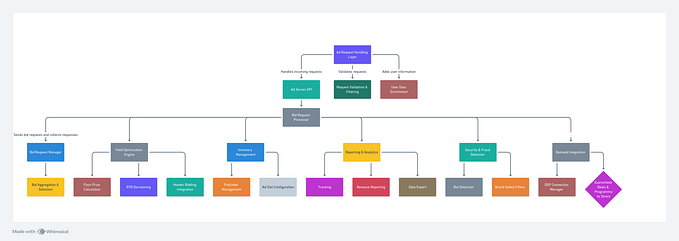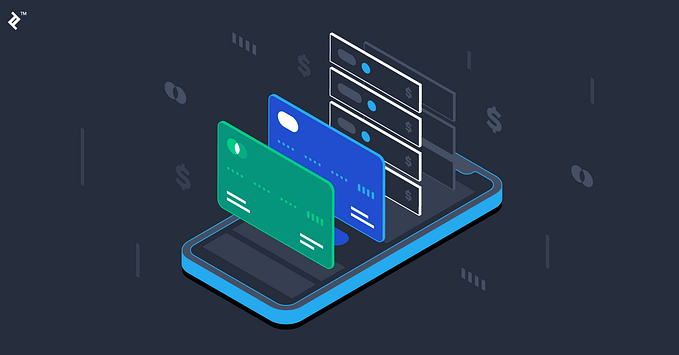Product Pricing Questions: Product Hunt Case Study
Product Management Interview Questions series: Pricing Questions
Pricing Strategies
The goal of pricing is to maximize profit, which is the difference between revenue and costs. However, it is difficult to determine the optimal price for a product or service, as there is no one-size-fits-all approach.
Here are some general pricing strategies that can be used:
- Cost-plus pricing: Set the price of the product or service slightly higher than the cost of producing it. This is a simple approach, but it does not take into account factors such as demand or competition.
- Value pricing: Set the price of the product or service based on the perceived value it provides to customers. This approach is more complex, but it can be more effective in capturing a high price point.
- Competitive pricing: Set the price of the product or service based on the prices of similar products or services offered by competitors. This approach is easy to implement, but it may not be the most profitable.
Pricing Strategies Examples
- Cost-plus pricing: Walmart and Target use cost-plus pricing to set the prices of their products. They typically mark up the cost of the product by 20–30%.
- Value pricing: Apple uses value pricing to set the prices of its products. Apple products are known for their high quality and innovative design, and customers are willing to pay a premium price for them.
- Competitive pricing: Amazon uses competitive pricing to set the prices of its products. Amazon monitors the prices of its competitors and adjusts its prices accordingly.
Pricing Models
Here are some common pricing models:
- Free, ad-supported: This model is often used by online services and apps. The basic service is free, but users are shown ads. This model can be profitable, but it requires a large user base.
- Freemium: This model offers a basic version of the product or service for free, but users must pay for premium features. This model can be effective in attracting new users and converting them to paying customers.
- Tiered: This model offers different pricing tiers based on features, usage, or other factors. This model can be useful for businesses that want to target different customer segments or offer different levels of service.
- À la carte: This model allows users to purchase individual features or services separately. This model can be flexible for customers, but it can also be complex and difficult to manage.
- Subscription: This model offers access to the product or service for a recurring fee. This model is often used for software and online services.
- Free trial: This model offers users a free trial of the product or service for a limited period of time. This model can be useful for attracting new users and allowing them to try the product before they buy it.
- Razor blade model: This model sells the initial product at a low price, but makes a profit on the sale of replacement parts or consumables. This model is often used for products such as razors and printers.
Examples:
- Free, ad-supported: Google and Facebook use the free, ad-supported pricing model. These companies offer their basic services for free, but they generate revenue by showing users ads.
- Freemium: Spotify and Dropbox use the freemium pricing model. These companies offer a basic version of their service for free, but users must pay for premium features such as ad-free listening and increased storage space.
- Tiered: Netflix and Salesforce use the tiered pricing model. These companies offer different pricing tiers based on features, usage, or other factors. For example, Netflix offers different pricing tiers based on the number of screens that can watch simultaneously.
- À la carte: Adobe Creative Cloud and Microsoft Office 365 use the à la carte pricing model. These companies allow users to purchase individual features or services separately.
- Subscription: Microsoft 365 and Amazon Prime use the subscription pricing model. These companies offer access to their products and services for a recurring fee.
- Free trial: Zoom and Slack offer free trials of their products. This allows users to try the product before they buy it.
- Razor blade model: Gillette uses the razor blade model. Gillette sells razors at a low price, but it makes a profit on the sale of replacement razor blades.
Choosing a Pricing Strategy and Model
The best pricing strategy and model for a business will depend on a number of factors, including the type of product or service being offered, the target market, and the competitive landscape.
It is important to carefully consider all of these factors before making a pricing decision. Businesses should also be prepared to experiment with different pricing strategies and models to find what works best for them.
Here are some additional tips for pricing effectively:
- Know your costs: It is important to understand the costs associated with producing and delivering your product or service. This will help you to set a price that is profitable.
- Understand your customers: It is important to understand your customers’ needs and wants, as well as their willingness to pay for your product or service. This information will help you to set a price that is competitive and attractive to your customers.
- Be flexible: The pricing landscape can change quickly, so it is important to be flexible with your pricing strategy. Be prepared to adjust your prices as needed to maintain profitability and competitiveness.
Product Hunt Case Study

What is the current Product Hunt’s Pricing Model and How would you improve it?
Current Pricing Strategy:
Product Hunt currently offers two pricing plans:
- Starter: This plan is free and includes basic features such as the ability to submit and upvote products, create collections, and follow other users.
- Pro: This plan costs $49 per month and includes additional features such as access to exclusive products, advanced analytics, and the ability to create custom landing pages.
Improving the Pricing Strategy

Here are some ways to improve Product Hunt’s pricing strategy:
- Offer a tiered pricing plan: In addition to the Starter and Pro plans, Product Hunt could offer a tiered pricing plan with different levels of features and pricing. This would allow businesses to choose the plan that best meets their needs and budget.
- Offer a free trial: Product Hunt could offer a free trial of the Pro plan to allow businesses to try the product before they buy it. This would help to reduce the risk for businesses and increase the chances of them converting to paying customers.
- Offer volume discounts: Product Hunt could offer volume discounts to businesses that purchase multiple Pro subscriptions. This would help to incentivize businesses to sign up for more subscriptions.
- Offer annual subscriptions: Product Hunt could offer annual subscriptions to the Pro plan at a discounted rate. This would help to reduce the upfront cost for businesses and encourage them to commit to a longer-term subscription.
Product Hunt could also consider offering different pricing plans for different types of businesses. For example, they could offer a special pricing plan for startups or for businesses in certain industries. This would allow them to tailor their pricing to the specific needs of different types of customers.
It is important to note that there is no one-size-fits-all pricing strategy. The best pricing strategy for Product Hunt will depend on a number of factors, including their target market, their competitive landscape, and their business goals.






